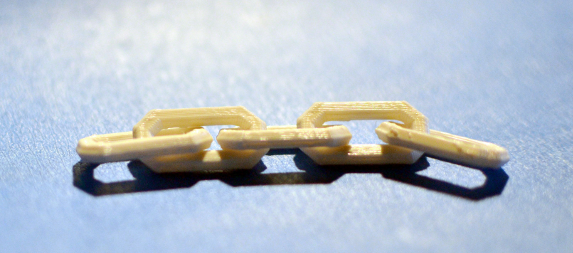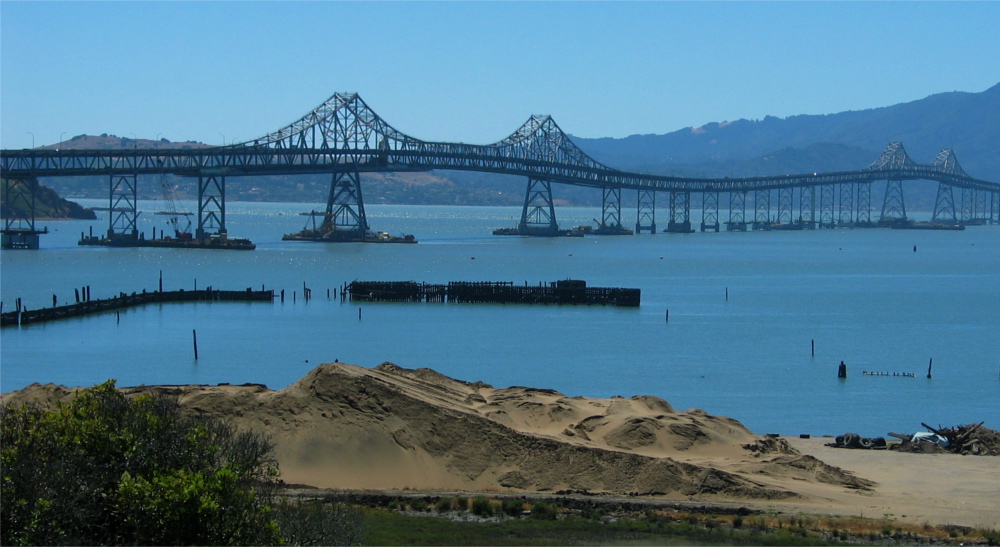Week 5: 3D Scanning and Printing
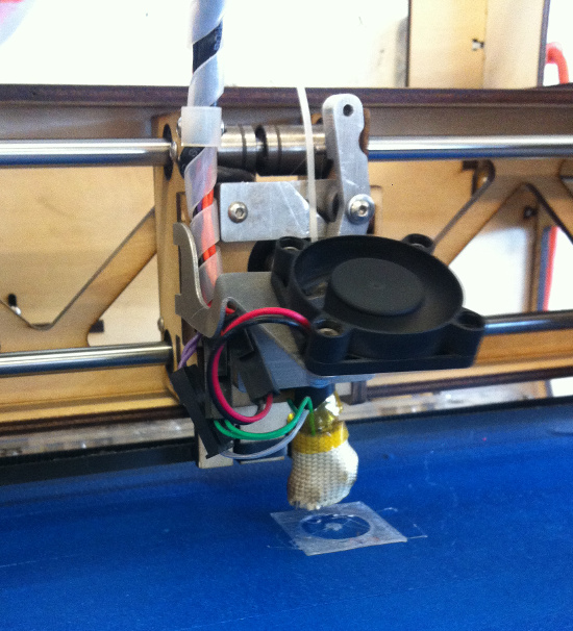
This week's assignment was to design and 3D print an object that could not be made subtractively and 3D scan an object.
Again, because FabLab Richmond is still in the process of being built, I had to head over to TechShop in San Francisco to gain access to a 3D printer. Just like with the Laser Cutter, TechShop makes you take a "Safety & Basic Use" (SBU) Class before you are allowed access to use the machine by yourself.
In the class we learned how to use a Type-A 3D Printer. The instructor walked us through two different software programs, Pronterface and KISSlicer, both of which are needed to print with the Type-A.
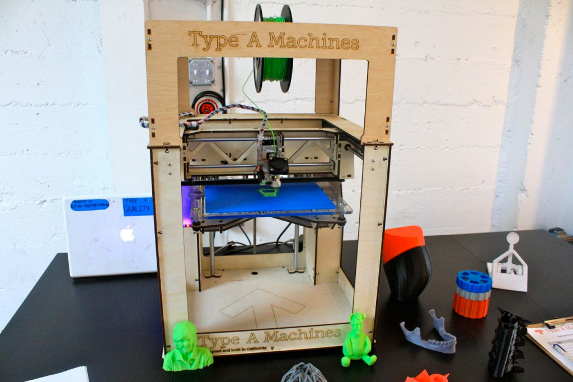
Pronterface is the software used that directly interacts with the Printer itself, controlling nozzle temperature, Z height, set the focus plate, etc.
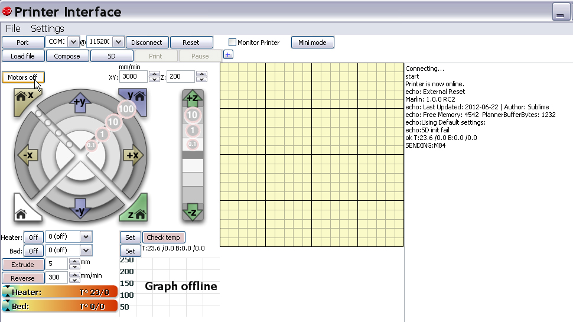
KISSlicer is the software used to prepare the object being printed. The instructor suggested Thingiverse.com, which is an online collection of .stl files that have printed successfully on a 3D Printer. You open the file, manipulate some settings including number of microns, material temp, etc. Check for any minor error possibilities, slide to see layers, model + paths, and once you save as G code you are ready to open the file in Pronterface and start printing.

The example our Instructor used for the class, was a 3D print of bottle opener that he found on Thingiverse.com which has a whole bunch of prints that were successfully created on 3D Printers. Because the course itself was only 2.5hrs long, and printing of the object was going to take 2 to 3 times longer than the printing time, I was not able to hang around and see the completed print, but having demonstrated all of the other basic use and safety skills the Instructor passed us and now was allowed access to the 3D Printers.
See my full notes from the 3D Printing Class here
Now that we had access, working in a group with Matt Pearson and Eileen Walsh, we blocked out a 4 hour window and reserved the Type-A machine at the San Francisco TechShop. Matt had originally designed a really neat but somewhat complex design with two spheres being enclosed in a helix shape, but due to the size and print time we went with a smaller, simpler design. The new design was a BoxBall, a loose sphere enclosed within a cube with openings on each face of the cube that are smaller than the actual sphere itself.
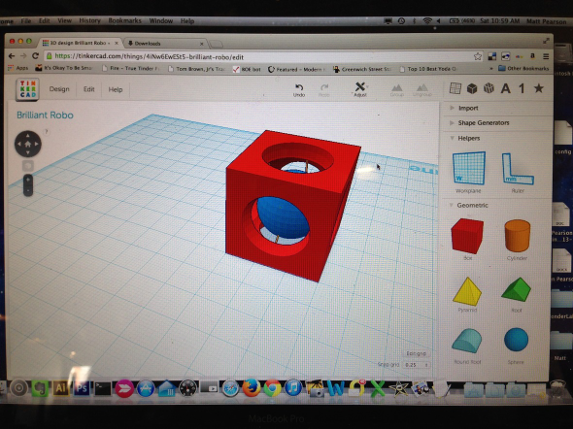
We started the first print but then had to stop after about 15-20min when we noticed the infill was set too low, the print didnt have enough structural integrity to support the sphere and fell over during printing. To remedy this problem we simply increased the infill from 33.3% to 50% in KISSlicer, and generated a new G code to reflect the new changes. With the new infill settings, the print came out as desired.
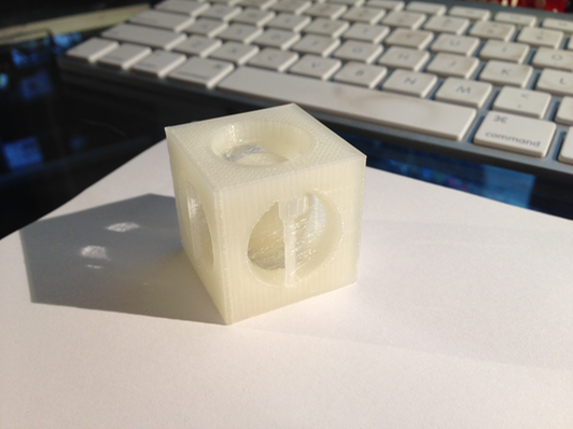
Here's a quick video of the 3D printer in action:
For the 3D Scan, I used an app on my iPhone called 123D Catch. It was fairly simple, stage the object you would like to scan, and then begin taking pictures at various heights and angles in a 360 degree radius around the object. Once you have taken enough pictures (the more the better) the app then constructs the 3D scan from the multiple pictures taken. Below is my attempt at scanning my Nike Dunk SB Low "Northern Lights" shoe, I think it would have came out better had the lighting been better.
UPDATE:
Here's another design that I was recently able to print out on a Makerbot. Its a 5 chain link that is already interconnected, something you can only create additively
